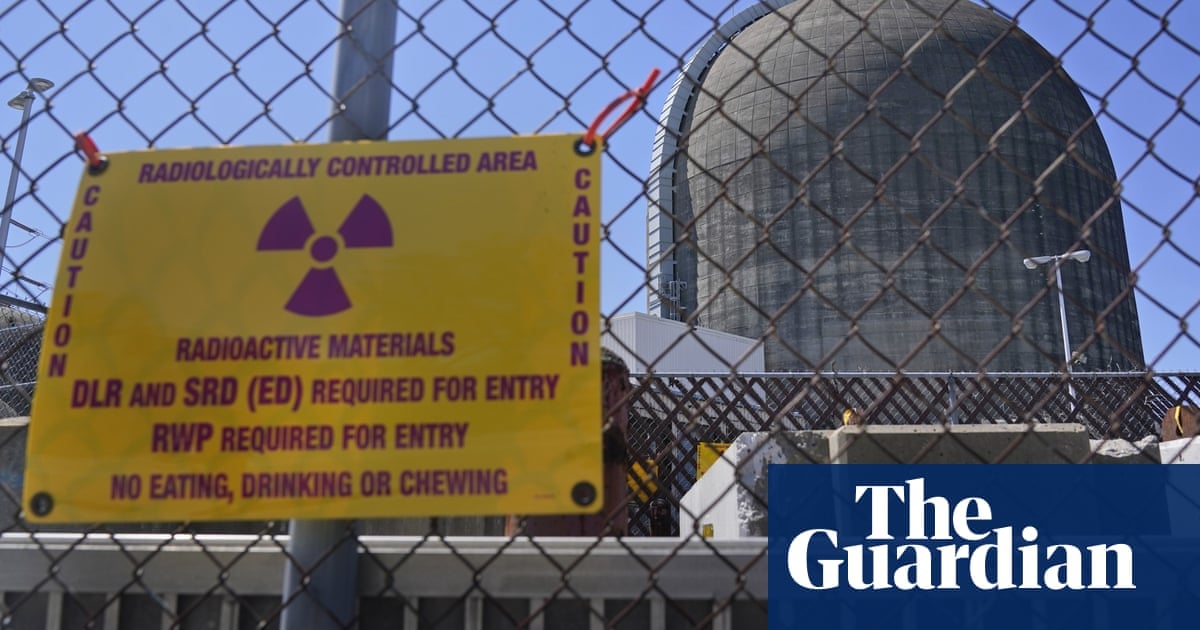Shuttering of New York facility raises awkward climate crisis questions as gas – not renewables – fills gap in power generation
When New York’s deteriorating and unloved Indian Point nuclear plant finally shuttered in 2021, its demise was met with delight from environmentalists who had long demanded it be scrapped.
But there has been a sting in the tail – since the closure, New York’s greenhouse gas emissions have gone up.
Castigated for its impact upon the surrounding environment and feared for its potential to unleash disaster close to the heart of New York City, Indian Point nevertheless supplied a large chunk of the state’s carbon-free electricity.
Since the plant’s closure, it has been gas, rather then clean energy such as solar and wind, that has filled the void, leaving New York City in the embarrassing situation of seeing its planet-heating emissions jump in recent years to the point its power grid is now dirtier than Texas’s, as well as the US average.



At this point, you can be economically anti-nuclear. The plants take decades to build with a power cost well above wind/solar. You can build solar/wind in high availability areas and connect them to the grid across the states with high power transmission lines, leading to less time that renewables aren’t providing a base line load. One such line is going in right now from the high winds great plains to Illinois, which will connect it to the eastern coastal grid illinois is part of.
We also have a hilarious amount of tech coming online for power storage, from the expected lithium to nasa inspire gas battery designs, to stranger tech like making and reducing rust on iron.
There is also innovation in “geothermal anywhere” technology that uses oil and gas precision drilling to dig deep into the earth anywhere to tap geothermal as a base load. Roof wind for industrial parks is also gaining steam, as new designs using the wind funneling current shape of the buildings are being piloted, rivaling local solar with a simplier implementation.
While speculative, many of these techs are online and working at a small scale. At least some of them will pay off much faster, much cheaper and much more consistently before any new nuclear plants can be opened.
Nuclear’s time was 50 years ago. Now? It’s a waste to do without a viable small scale design. Those have yet to happen, mainly facing setbacks, but i’m rooting for them.